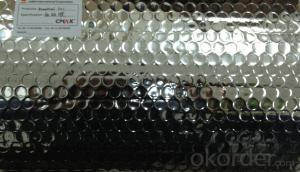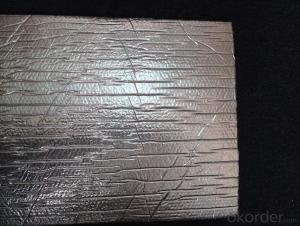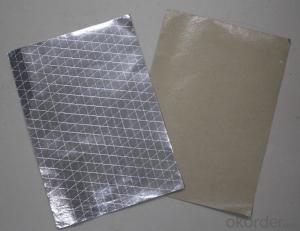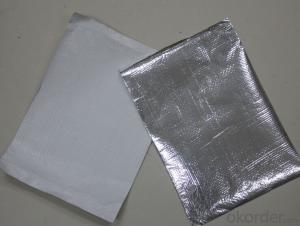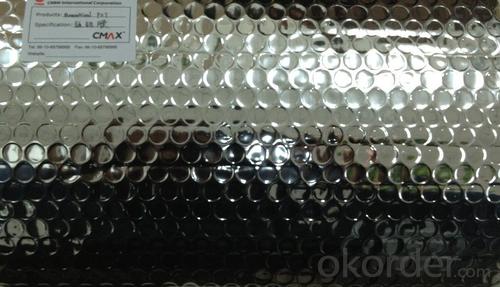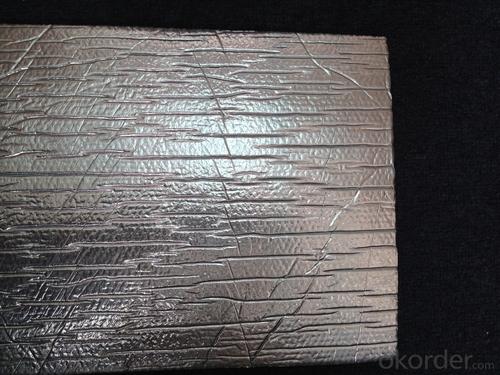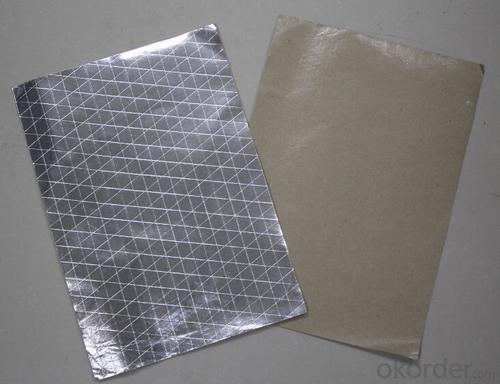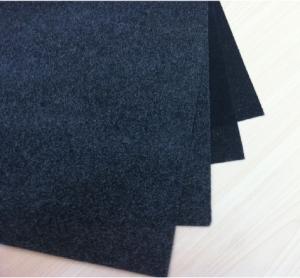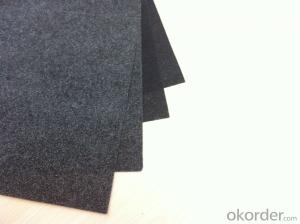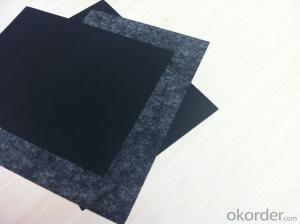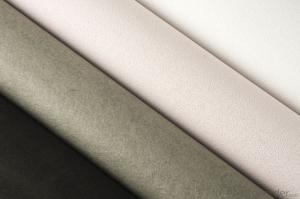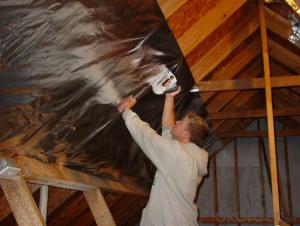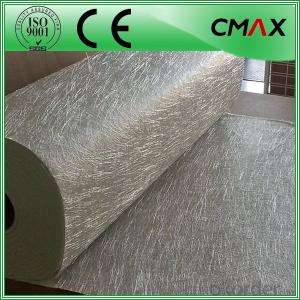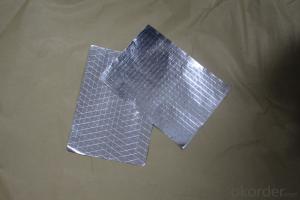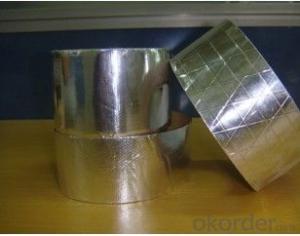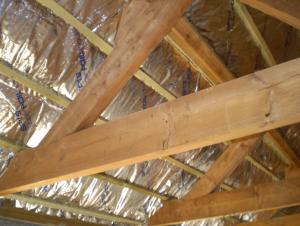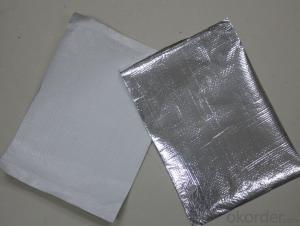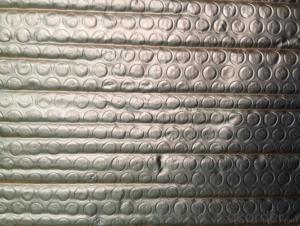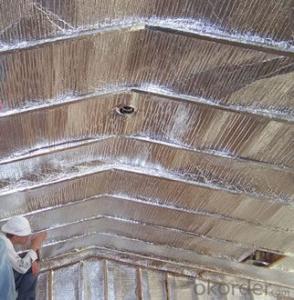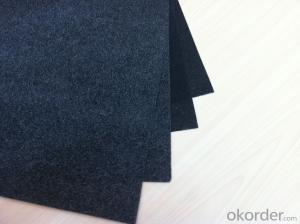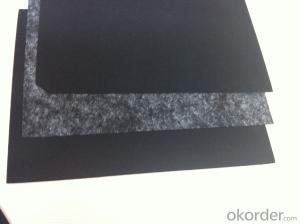Fiberglass Facing Flexible Ducts Bubble Foil Glasswool
- Loading Port:
- China Main Port
- Payment Terms:
- TT OR LC
- Min Order Qty:
- -
- Supply Capability:
- -
OKorder Service Pledge
OKorder Financial Service
You Might Also Like
Application:
1,Building Thermal Insulation Material
(1),Roof,Underlay,Under Concrete & floor Insulation;
(2),Attic,Crawl Space,Stud Wall ,Metal Frame Building Insulation.
2,Wrapping
(1),Protective coatings of ventilating pipe,HVAC Duct & Pipe;
(2),Shells of air conditioner and water heater.
Feature:
1), Waterproof, heavy duty, clean, light, flexible, non-absorbent surface
2), Fire resistant & antiglare
3), Recyclable, environmentally friendly
4), Effective in extreme temperatures both hot and cold
5), Easily install, cut, stapled, nailed or glued into place
6), Safe to handle with no special clothing or breathing Equipment
Feature:
1), Waterproof, heavy duty, clean, light, flexible, non-absorbent surface
2), Fire resistant & antiglare
3), Recyclable, environmentally friendly
4), Effective in extreme temperatures both hot and cold
5), Easily install, cut, stapled, nailed or glued into place
6), Safe to handle with no special clothing or breathing Equipment
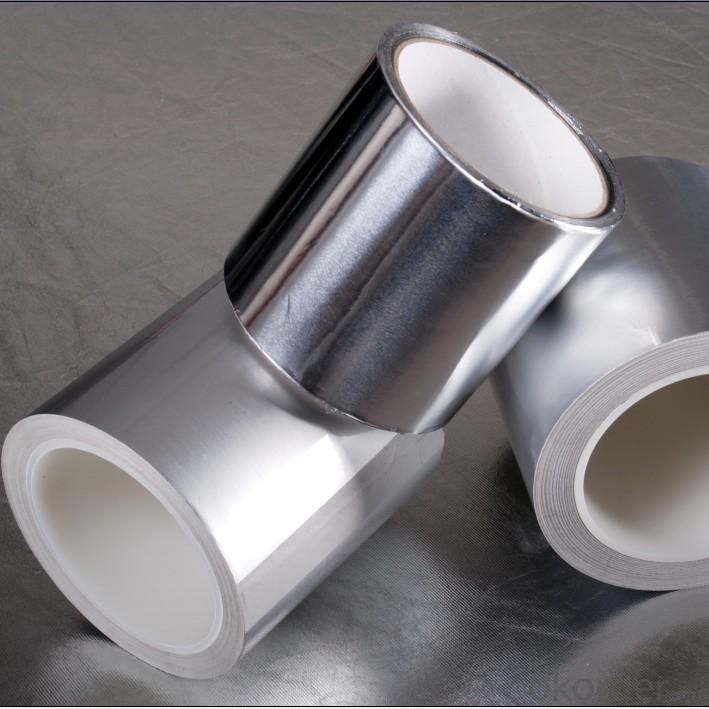
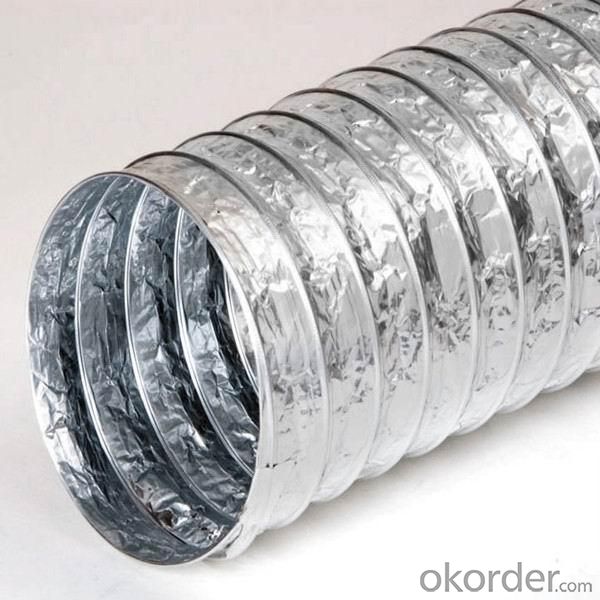
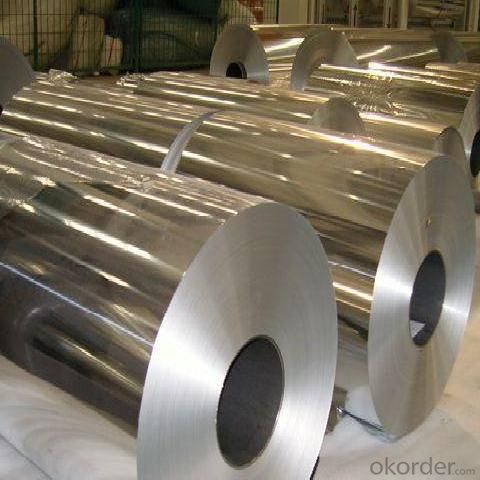
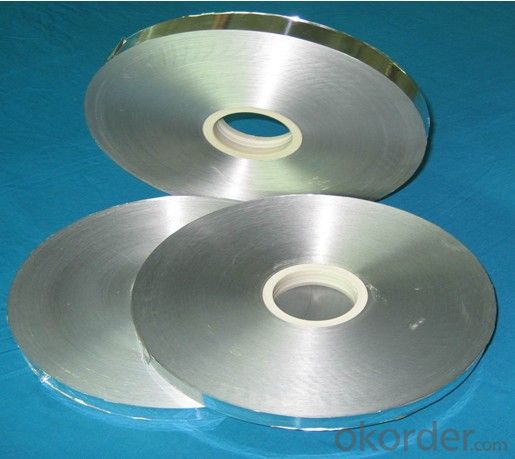
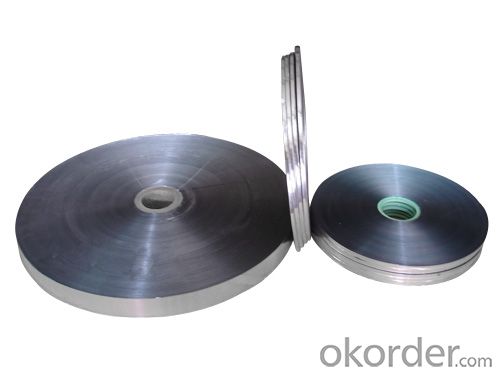
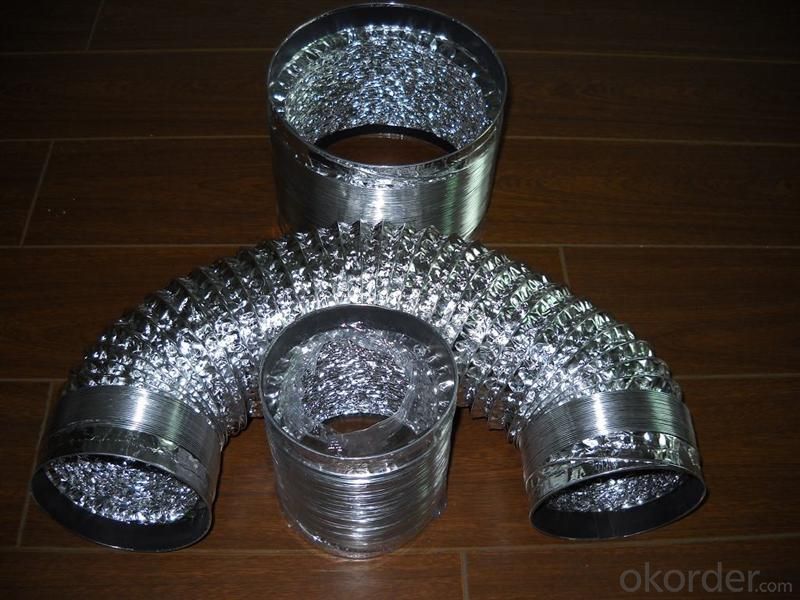
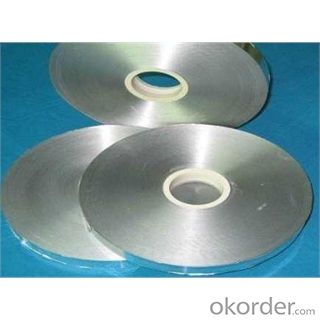
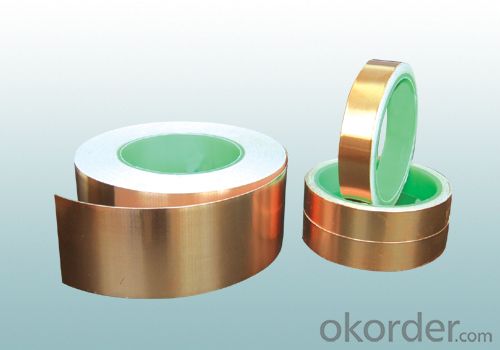
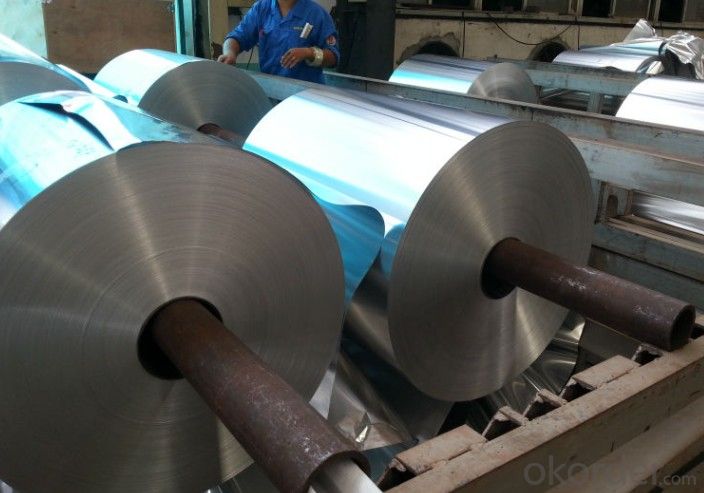
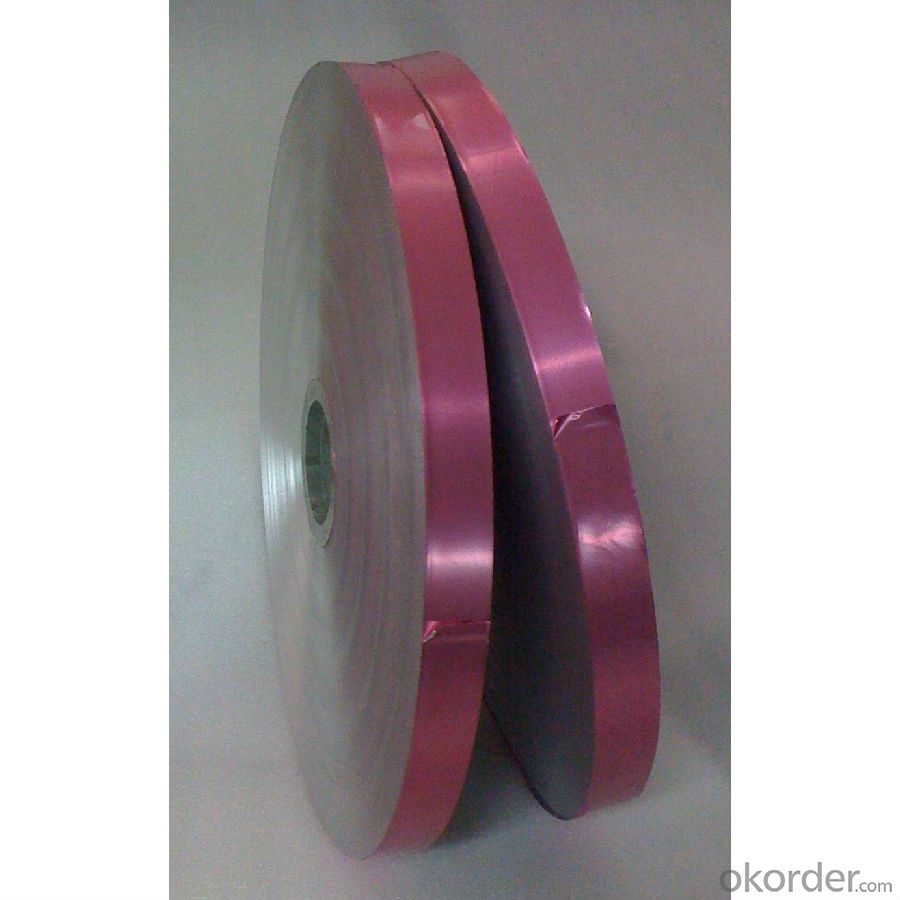
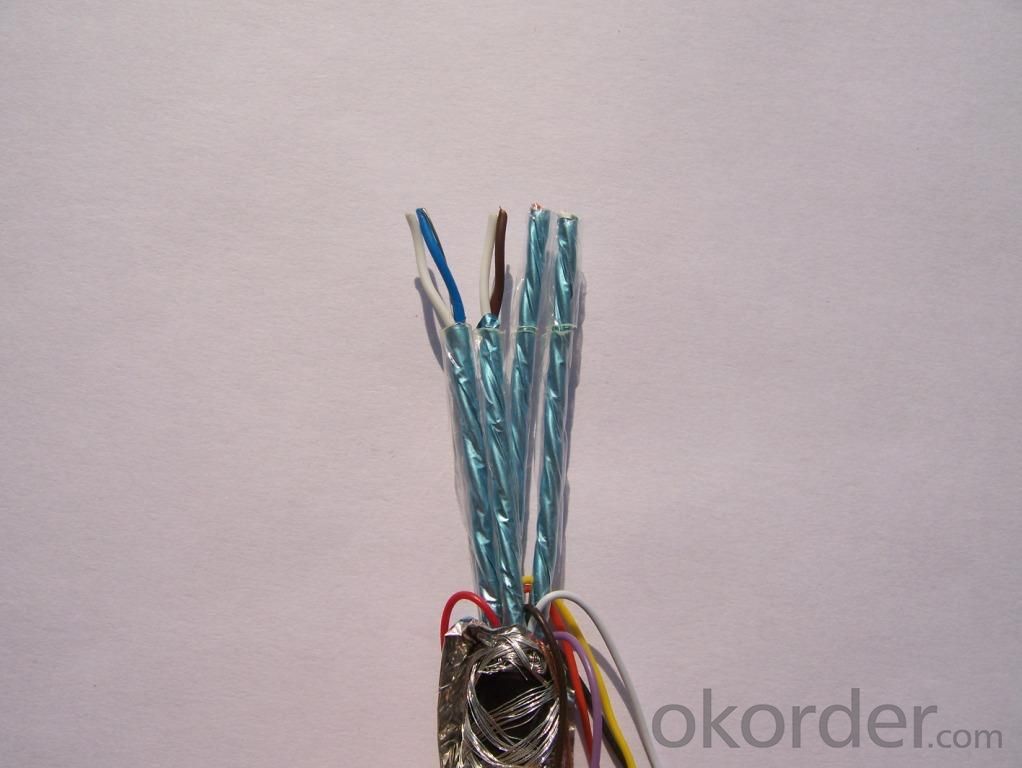
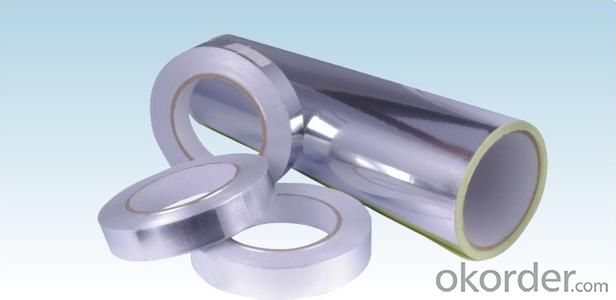
- Q: What are the potential health hazards linked to the use of synthetic materials such as black fiberglass tissues?
- <p>While synthetic materials like black fiberglass tissues have various applications due to their durability and strength, there are health risks associated with their use. Inhalation of fiberglass dust or fibers can cause respiratory issues, including irritation and, in severe cases, respiratory diseases. Prolonged exposure may lead to conditions like fiberglass lung, a form of pneumoconiosis. It's crucial to use proper protective equipment and ventilation when handling these materials to minimize health risks.</p>
- Q: Is it possible to utilize glass fiber paper for soundproofing purposes, specifically for ceilings?
- <p>Yes, glass fiber paper can be used for soundproofing ceilings. It is a popular material due to its excellent sound absorption properties. Glass fiber paper, also known as glass wool, is made from spun glass fibers that can effectively dampen sound waves. When installed in ceilings, it helps reduce noise transmission and provides insulation against external sounds. However, it's important to ensure that the glass fiber paper is treated with a fire retardant and is installed correctly to maximize its soundproofing capabilities and safety.</p>
- Q: Is it possible to use black fiberglass tissue as a material for insulating walls?
- <p>Yes, black fiberglass tissue can be used for wall insulation. It is a common material known for its thermal insulating properties and is often used in construction for this purpose. Black fiberglass, or black fiber glass, is a type of fiberglass that has been treated with a black pigment to increase its resistance to UV degradation and improve its appearance in certain applications. It is lightweight, flexible, and can be easily cut and shaped to fit various spaces, making it a versatile option for wall insulation. However, it is important to ensure that it is installed correctly and that safety precautions are taken, such as wearing protective gear, to avoid health risks associated with fiberglass fibers.</p>
- Q: Is it possible to utilize black fiberglass tissue in the creation of garments?
- <p>While it is technically possible to use black fiberglass tissue for clothing, it is not a common practice due to its rigidity and lack of flexibility. Fiberglass is typically used in construction and insulation applications. For clothing, materials that are soft, breathable, and flexible are preferred. If you're looking for a durable fabric, consider alternatives like Kevlar or other synthetic fibers designed for clothing.</p>
- Q: What is the tensile strength of black fiberglass tissue?
- <p>The tensile strength of black fiberglass tissue can vary depending on the specific type and manufacturing process. Generally, it ranges from 500 to 3000 MPa (or 72,500 to 435,000 psi). This high tensile strength makes it suitable for applications requiring high strength-to-weight ratios, such as in construction, automotive, and aerospace industries. It's important to note that the exact tensile strength should be obtained from the manufacturer's specifications for the specific product in question.</p>
- Q: Does fiberglass facing help with soundproofing?
- Fiberglass facing is capable of aiding in soundproofing. Fiberglass possesses remarkable sound-absorbing capabilities, effectively capturing and diminishing sound waves. By utilizing fiberglass as a facing material, the soundproofing attributes of a wall or ceiling can be enhanced, minimizing noise transmission. The facing functions as a barrier, effectively preventing sound from traversing through, rendering it an efficient solution for reducing noise pollution in diverse environments, including residences, workplaces, studios, and industrial settings. Moreover, fiberglass is lightweight, simple to install, and can be effortlessly combined with other soundproofing materials to achieve superior outcomes.
- Q: Is it safe to use black fiberglass tissue in terms of health and environmental impact?
- <p>Black fiberglass tissue is generally safe to use when proper precautions are taken. It is made from the same material as regular fiberglass, which is widely used in various industries. However, it's important to note that inhaling fiberglass fibers can be harmful to health, so it's crucial to use personal protective equipment (PPE) such as masks and gloves when handling it. Additionally, it should be disposed of properly to prevent environmental contamination. Always follow the manufacturer's guidelines and safety regulations when using black fiberglass tissue.</p>
- Q: This question asks about the correct method to dispose of used black fiberglass tissue.
- <p>To properly dispose of used black fiberglass tissue, follow these steps: First, ensure that the tissue is dry to prevent mold growth. Place it in a sealed, heavy-duty plastic bag to contain any fibers. Avoid puncturing the bag, as fiberglass can be harmful if inhaled. Check local regulations, as some areas have specific disposal guidelines for hazardous waste. If your local waste management facility accepts hazardous waste, take the bag there for proper disposal. If not, contact a professional hazardous waste disposal service. Always wear protective gear, such as gloves and a mask, when handling fiberglass to minimize skin and respiratory exposure.</p>
- Q: What benefits does black fiberglass tissue offer compared to other types of tissues?
- <p>Black fiberglass tissues offer several advantages over other types. They have excellent resistance to high temperatures, making them suitable for use in high-heat environments. They also provide superior electrical insulation properties, which is crucial in electrical applications. Additionally, black fiberglass tissues are known for their chemical resistance, which protects against various chemicals that could degrade other materials. Their strength and durability make them ideal for applications requiring long-lasting performance. Lastly, the black color can provide a more aesthetically pleasing appearance in certain industrial settings.</p>
- Q: This question asks for methods to determine the cleanliness and dryness of black fiberglass tissue.
- <p>To check if your black fiberglass tissue is clean and dry, visually inspect it for any visible dirt, dust, or debris. Clean tissue should appear free of any foreign particles. To ensure it's dry, you can gently touch the surface; it should feel dry to the touch without any dampness. Additionally, you can use a moisture meter to check for any residual moisture. If the tissue is used in a construction or repair context, it's also important to ensure that no adhesive residue or chemicals remain on the surface that could affect the quality of your work.</p>
Send your message to us
Fiberglass Facing Flexible Ducts Bubble Foil Glasswool
- Loading Port:
- China Main Port
- Payment Terms:
- TT OR LC
- Min Order Qty:
- -
- Supply Capability:
- -
OKorder Service Pledge
OKorder Financial Service
Similar products
Hot products
Hot Searches
Related keywords
